Use Of Thermometer In Hotel Kitchen / Food Production

What is the use of a Thermometer in the hotel kitchen? In the food production or kitchen environment microbes are ...
Read more
19 Cuts Of Vegetables / Types Of Vegetables Cuts
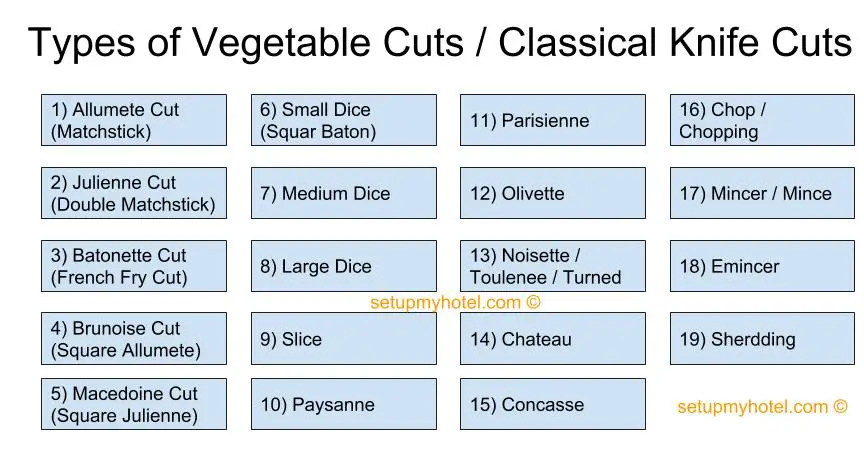
Types Of Vegetable Cuts Used in the Kitchen / Food Production Vegetables are a staple in many kitchens, and their ...
Read more
Basic Dessert Sauces List – Standard Recipe Card – Hotels | Chefs
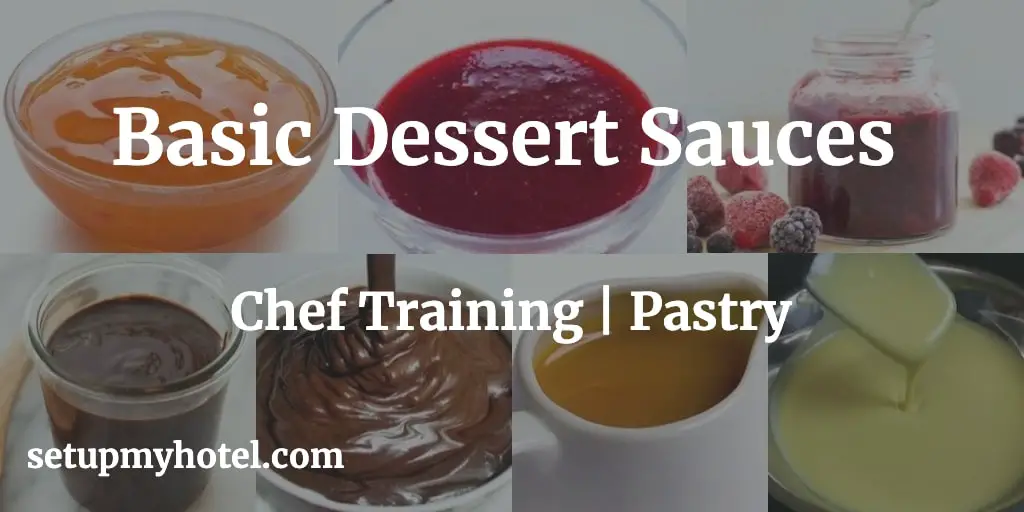
Dessert Sauces List with a recipe card for chefs Dessert sauces are the perfect finishing touch to any dessert. They ...
Read more
23 Basic Pastries, Cakes And Desserts For Bakers And Pastry Chef

Basic Pastries, Cakes and Desserts For Bakers and Pastry Chef Baking is a wonderful way to express creativity and satisfy ...
Read more
Hard Boiled Eggs Time – How to Make Perfect Hard Boiled Eggs?
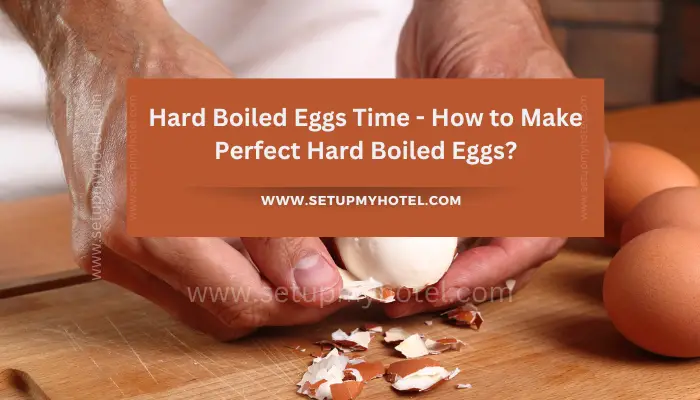
Hard boiled eggs time – How to Make Perfect Hard Boiled Eggs? Hard boiled eggs are a versatile and healthy ...
Read more
Uses Of Medium Duty Equipment In The Hotel Kitchen
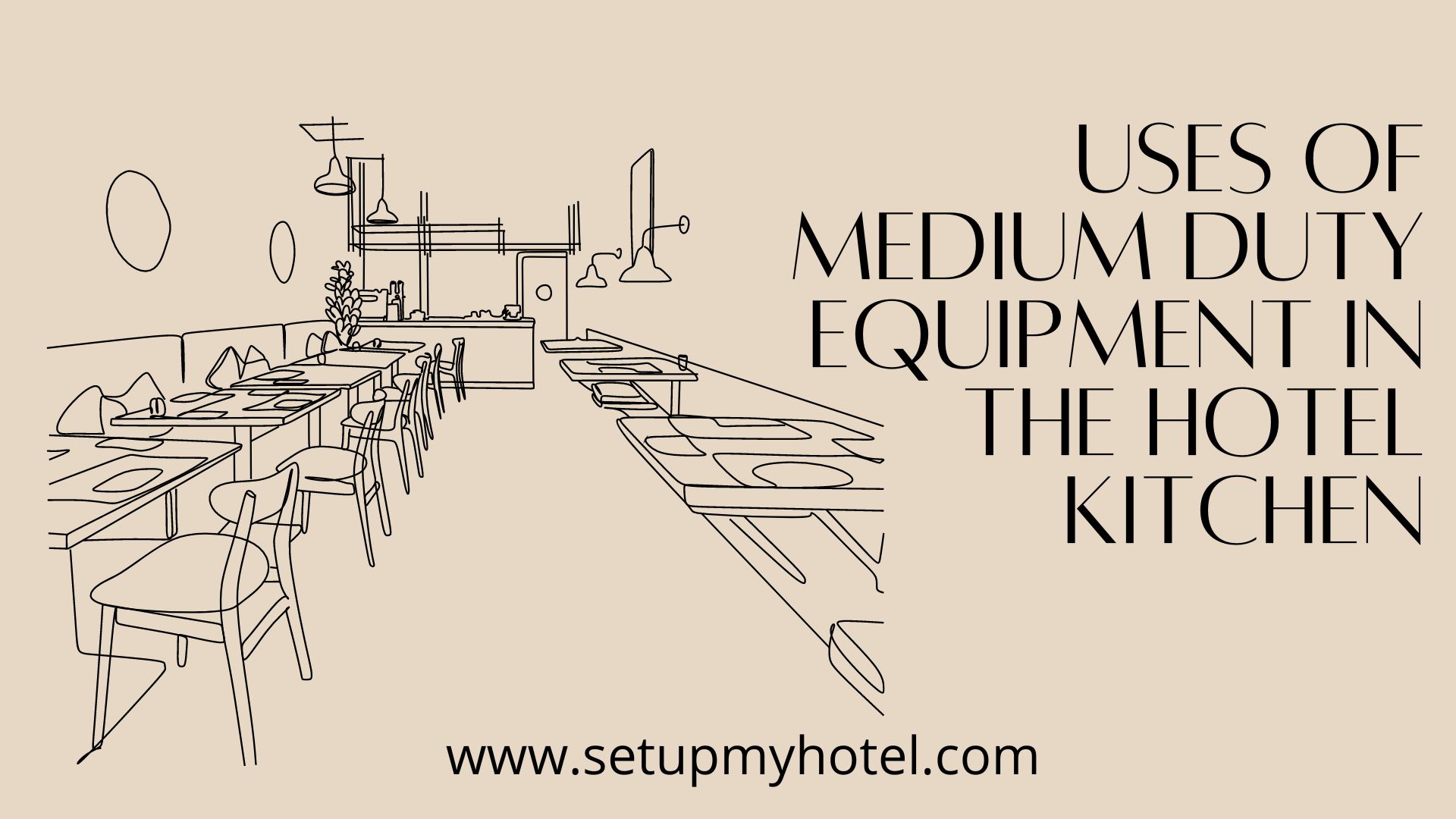
Uses Of Medium Duty Equipment In The Hotel Kitchen Medium-duty equipment is a necessary piece of hotel kitchen infrastructure. It ...
Read more
Standard Meat Selection Criteria In Hotels

Standard Meat Selection Criteria in Hotels The standard meat selection criteria in hotels involve a careful consideration of various factors ...
Read more
Top Factors That Affect How Quickly Foods Will Cool Down

Methods and Factors that help in cooling down foods quickly Foods that are too hot can be dangerous to eat. To ...
Read more
SOP – Kitchen / F&B Production – Preparing And Handling Cold Foods
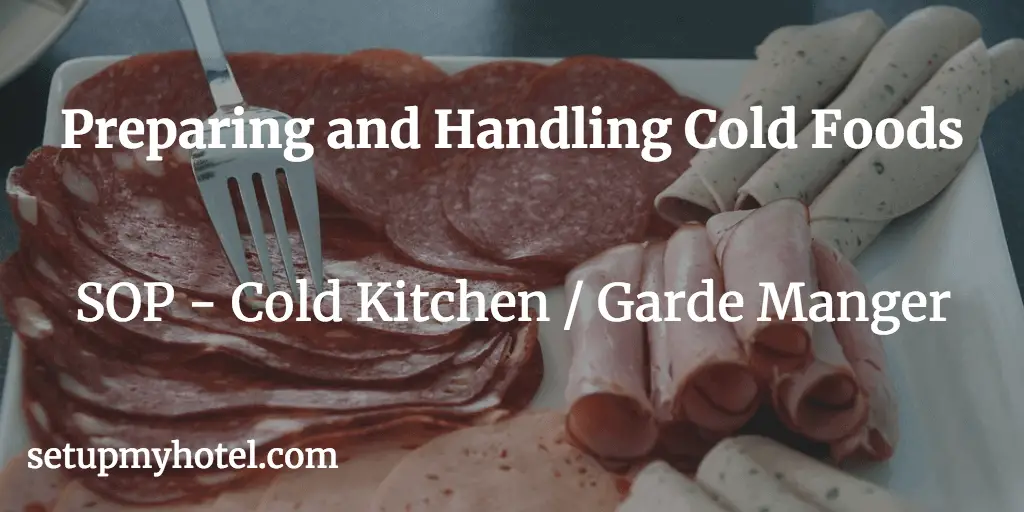
Preparing and Handling Cold Foods in the Hotel Kitchen In any food and beverage (F&B) establishment, it is crucial to ...
Read more










